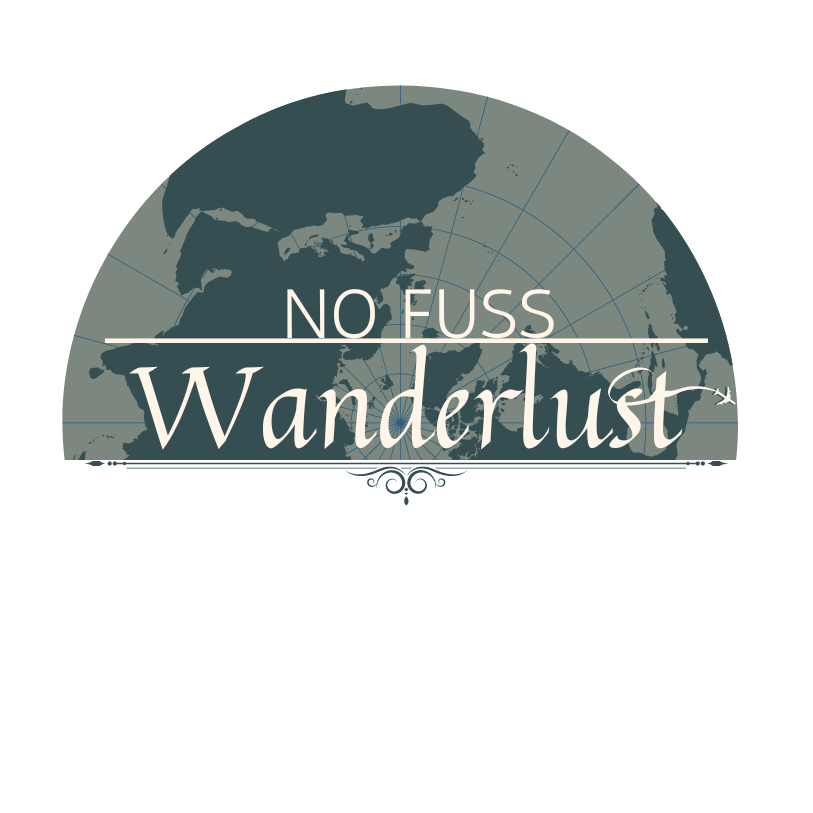Rome is a city steeped in history and brimming with ancient attractions, making it a popular tourist destination. But, beyond the usual tourist spots, there are hidden gems waiting to be explored during your Rome travels. As a fellow history enthusiast, I made it a point to start my Italian journey with iconic landmarks like the Roman Forum and Castel Sant’Angelo, and I truly recommend you do the same. Nothing quite compares to stepping through the Gate of Death in the Colosseum and imagining the energy of the roaring crowds when their favorite gladiator was victorious or tracing your fingers along the rugged walls of Castel Sant’Angelo, connecting with centuries of history.
Building Your Rome Itinerary
Booking Your Trip to Rome
If it’s your first time in Italy, Rome is the perfect starting point. Rome’s Fiumicino (FCO) airport is easy to navigate, and its central location makes it convenient for exploring both northern and southern Italy. To decide how many days in Rome you should incorporate into your Italy trip itinerary, consider your top attractions. I’d recommend allocating 3 to 5 days as there are so many things to do in Rome. Beyond that, the tourist crowds might wear you down. Rome is also an excellent base for day trips to other Italian regions.
Places to Stay in Rome
When it comes to accommodations in Rome, boutique hotels and rental apartments are your primary options. I had a smooth booking experience with Booking.com. If you’re keen on exploring the city’s top attractions, opt for a central location. Use a Rome map to identify the areas near your planned activities, minimizing excessive walking or cab expenses. Keep in mind that central locations tend to fill up quickly, so plan ahead.
If you the more popular attractions like Vatican City, the Colosseum, and free attractions like the Trevi fountain or Spanish steps are part of your Rome itinerary, looking for hotels in central Rome, near the Pantheon would be a good area to start your search. Be aware that these locations tend to be slightly more expensive than staying outside the high-demand areas.
Be prepared to pay a hotel tax per individual staying in the hotel or apartment. This is often requested to be paid in cash (Euros) at the time of check-in. This is a tax that the business must turn over to city authorities. If you make your reservations through Booking.com, sometimes the tax is included in your final cost. Check the fine print to verify.
Exploring Rome’s Historical Treasures
Ancient Rome
Walking through Rome feels like stepping back in time. Everywhere you go, you’ll encounter ancient walls, buildings, and statues. On your first visit, make sure to explore popular ancient Rome attractions like the Colosseum, Pantheon, and Palatine Hill. Seeing it in person is an entirely different experience. Also, don’t miss out on the displays of carved graffiti and food vendor artifacts on the second floor of the Colosseum, displaying a touch of humanity from the past. The storytelling by Agnes on the Secrets Beneath Castel Sant’Angelo tour through Get Your Guide will keep you enthralled to the very end.
Tips for Visiting Common Tourist Sites in Rome
• Visit in the early morning or evening to avoid cruise ship crowds.
• Avoid arriving too close to closing time to ensure entry.
• Wear comfy shoes for extensive walking.
• For exclusive access to the Colosseum’s arena or underground areas, book a tour.
• Always book your tickets well in advance and include skip long line options.
Vatican City
You don’t need to be religious to appreciate the significance of Vatican City. The impact on world history and influences on art make it a must-see on your Rome itinerary. I recommend splitting your visit over two days to avoid the crowds.
Tips for Vatican Museums
• Weekdays are the least crowded. Avoid Saturdays and check for local holidays.
• Visit between November and March for fewer crowds.
• Consider a Friday night tour only offered between April and October.
• Always opt for skip-the-line tickets and book the early morning tours to beat the crowds.
• Look into the after-hours VIP tour of the Sistine Chapel to better appreciate its splendor.
Hidden Gems
If you plan on staying in Rome for an extended period, consider exploring lesser-known spots within the city. Don’t hesitate to ask locals or your hotel staff for recommendations.
In Vatican City
• Book the Vatican Garden tour directly through museivaticani.va.
• For history enthusiasts, explore the archaeological excavations of the Papal Basilica of Santa Maria Maggiore.
• Request a special tour of Saint Peter’s tomb and the ancient Roman necropolis by writing to the Vatican Scavi Office.
In Rome
• Discover the lesser-known art galleries in Rome at Palazzo Doria Pamphilj.
• You can view the ruins of Largo di Torre Argentina from the street just a few blocks from the Pantheon, the site of Julius Caesar’s assassination.
• Explore some of Rome’s 900 churches, but be mindful of the dress code.
• Book a guided tour of Domus Aurea, Nero’s Golden House, which is just a short distance from the Colosseum.
• Find respite from the crowds at Villa Borghese, a beautiful park with lush gardens and fountains. You can also book tickets in advance to visit the art gallery within the villa.
Start your journey now with these ready-to-go itineraries!
Savoring Roman Cuisine
Local Delicacies
Understanding the regional dishes and ingredients is key to a memorable dining experience in Italy. Rome, in the Lazio region, has been influenced by various cultures due to it being the location of the Roman army’s recruits. Here are some must-try Roman dishes:
• Pasta alla Carbonara
• Bucatini all’Amatriciana
• Cacio e Pepe
• Gnocchi alla Romana
• Fettuccine Alfredo
• Porchetta
Ask your server for a wine recommendation and don’t forget to savor some gelato during your after-dinner stroll to complete the Italian experience. It is a little sweeter if you stop to sit on the edge of the Trevi fountain while doing so.
Fun Facts about Rome and Vatican City
• The Pantheon you see today is the third version, built in 125 A.D. and the best-preserved building in Rome.
• Michelangelo initially refused to paint the Sistine Chapel, so he left hidden insults to Pope Julius II in his artwork.
• St. Peter’s Dome requires a climb through a slanted enclosed staircase. While it’s (literally) a breathtaking experience, consider your tolerance for narrow spaces and vertigo.
• The recipe for Roman cement was lost to history until rediscovered in January of 2023.
• The founders of Rome, Romulus and Remus were supposedly raised by a wolf. You’ll understand the multitude of statues and paintings better by knowing this tidbit.
• The poet Tibullus, and others after him, referred to Rome as the “Eternal City” with the feeling that even if empires rose and fell, the city would endure forever.
Must-See Attractions in Rome
Here are my top 10 recommendations, in order of preference, for your first trip to Rome:
1. Castel Sant’Angelo
2. Vatican Museums
3. St. Peter’s Basilica
4. The Colosseum
5. The Pantheon
6. Roman Forum
7. The Trevi Fountain
8. Basilica of San Clemente and the catacombs below
9. Vicus Caprarius (the Water City)
10. Villa Farnesina

So, fellow wanderer, I invite you to explore the eternal city of Rome from top to bottom with this guide. From the moment you book your flight and land in this ancient wonderland to savoring the mouthwatering pasta dishes and getting lost in its rich history, Rome offers an unforgettable adventure. Remember as you’re wandering the ancient streets, you’re walking in the footsteps of emperors, gladiators, and artists who have shaped the world’s history. Pack your bags, immerse yourself in Rome’s rich culture, and create memories that will last a lifetime. I can’t wait to hear about your adventures!
If this guide has helped you plan your own Roman adventure, drop me a comment below and share your thoughts. I’d love to hear from you and be a part of your journey. Save travels and embrace the wanderlust!






